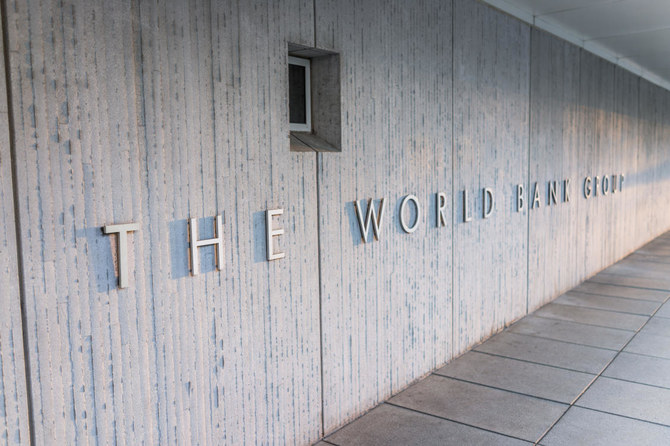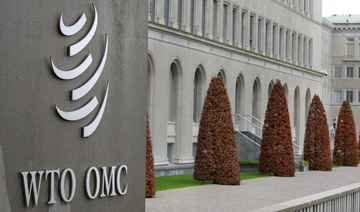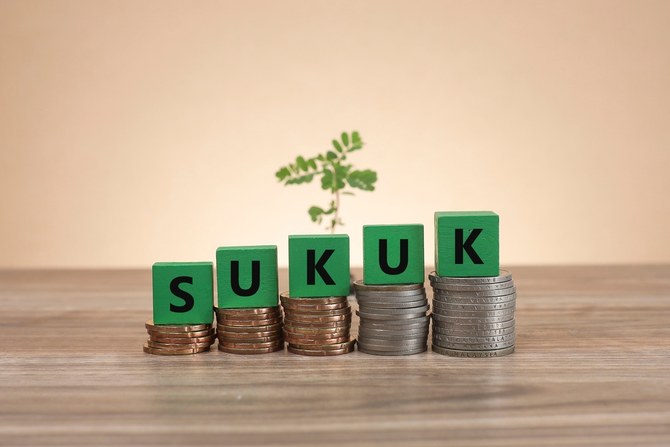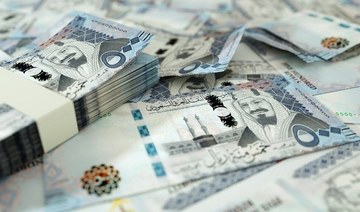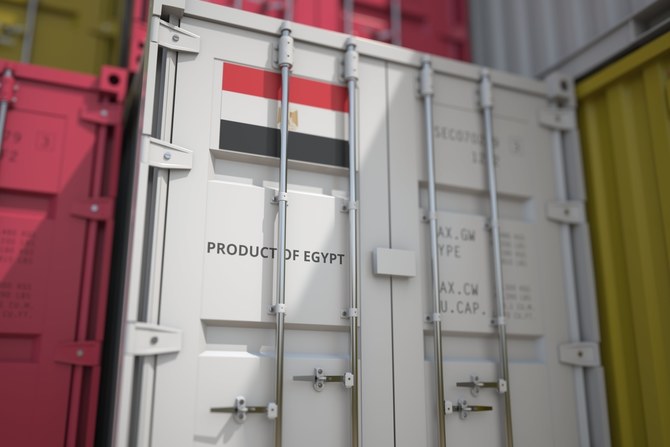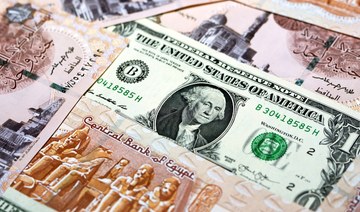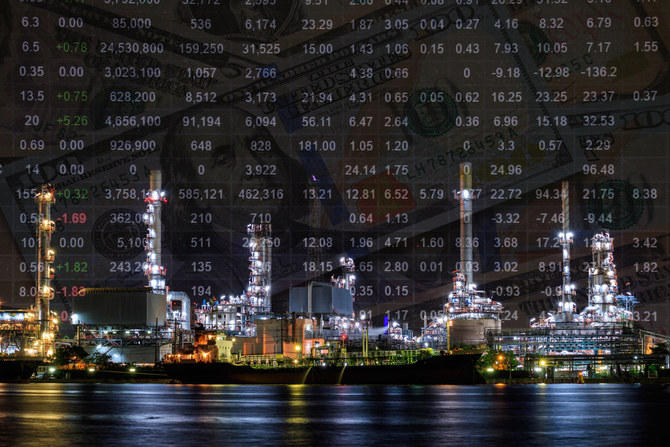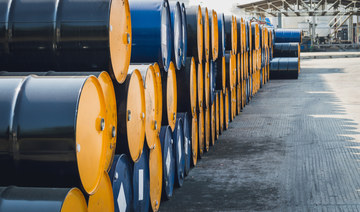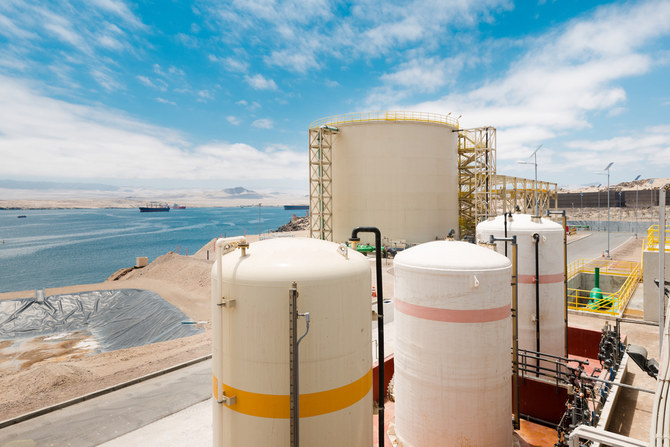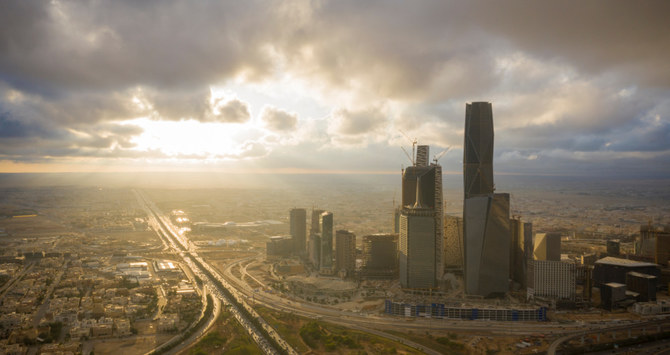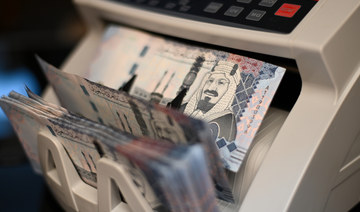RIYADH: The Middle East and North Africa (MENA) region’s economic losses will amount to almost $200 billion by the end of 2021 as a result of the pandemic, the World Bank estimated.
The region’s GDP contracted by 3.8 percent in 2020 and is forecast to grow by 2.8 percent in 2021, the multilateral lender said in a report.
Costs of the pandemic losses are calculated by comparing where the region’s GDP would have been if the pandemic had not hit, the bank said.
Thirteen out of 16 countries in the region will have lower standards of living in 2021 than their pre-COVID levels, and recovery will depend on a rapid and equitable rollout of vaccines.
Some sectors have been hit harder than others by the pandemic. Middle Eastern airlines will endure losses of $4.2 billion in 2021, down from $7.9 billion in 2020, as pandemic travel restrictions remain in place in much of the world, according to the International Air Transport Association (IATA).
Losses will be equal to 13.8 percent of revenues in 2021, an improvement from 28.9 percent in 2020, but still an historically bad number. Demand will be 67.6 percent lower than 2019 levels, while capacity will shrink 58.9 percent, IATA said.
However, there are reasons for optimism.
A resurgence of global economic activity has lifted merchandise trade above its pre-pandemic peak, the World Trade Organization said Monday as it upgraded its 2021 and 2022 trade forecasts.
"The WTO is now predicting global merchandise trade volume growth of 10.8 percent in 2021 – up from 8.0 percent forecasted in March – followed by a 4.7 percent rise in 2022," up from four percent previously, the global trade body said.
The strong annual growth rate for merchandise trade in 2021 is mainly due to the collapse in 2020, when trade bottomed out in the second quarter.



